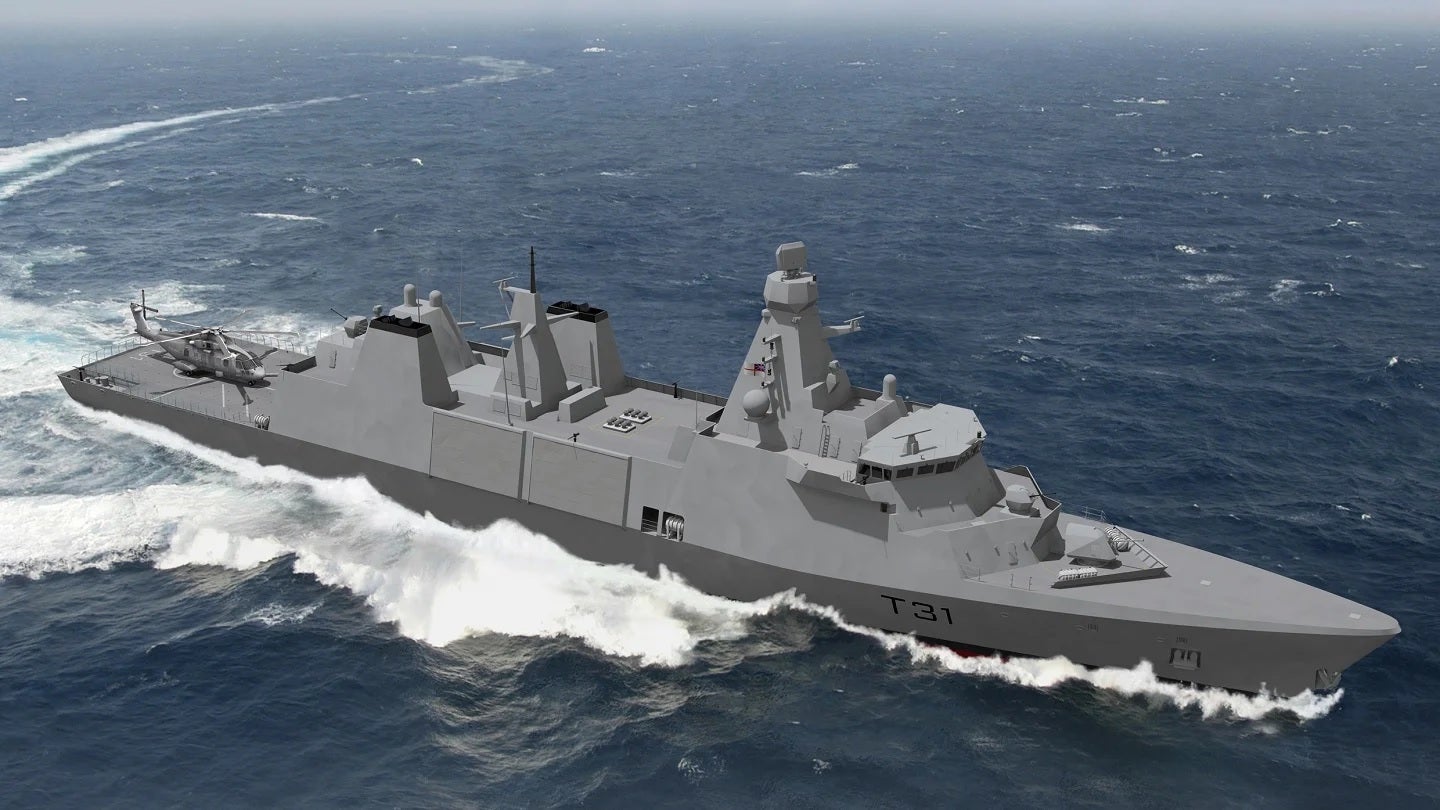Hunter completes Preliminary Design Review
IMO the hunter program is too far along to kill. We are committed to it. Being the largest possible and most capable ship there are options available to improve capabilities. We will be seeing 6+ hulls of this type, at which point it will keep evolving and takes us 20+ years into the future. I expect more from BAE, but they probably won't be called hunters and probably will be significant evolved.
The small ships are still in a state of flux. We are going to see early decommissioning of Anzacs effectively immediately (at least 2, which frees up ~400 sailors). This combined with the fleet upgrades leaves the navy woefully incapable and asset deprived in the short term, but also significantly short in the medium term. The remaining Anzacs, are already growth limited platforms, designed for peaceful times, and even the remaining ones will need to go out for service and upgrade.
The political state is like day/night shift. Both work, but try to push problems off onto one another. Neither is particularly great at solving problems, and in solving problems often create new problems that the other shift doesn't want to fix or even admit exist. Hence why both labor and the coalition have agreed that major defence projects are bipartisan. If there is now a failure, both teams have to wear it. If there is a problem with bipartisanism, then that also needs to be fixed.
I would urge avoiding the political debate here, because it will achieve nothing. Frankly no government loves defence spending. Both parties have defence make up a sector of their supporting base. Both agree defence spending is required.
If the current labor government is dropping the ball on defence, then it is a joint Labor/Coalition problem. It needs to be communicated how labor was able to do this, circumvent existing bipartisan agreement, and how it needs to be fixed. Not just have someone jump up and down. Most of the time terrible things have happened, its because of factions within the major parties fighting and pissing on and destroying everything. Australia is one of the few modern democracies that seems to have recognised this and both parties quite willingly went bipartisan to solve their own internal factional issues. Which is good. Decisions are still hard. The current government has shown, if the coalition puts forward a workable idea better than its own, the government will implement it without change.
But we have a problems, one that has developed based on the delays of Sea5000, the age and hard life of Anzacs, and the need to upgrade most of the fleet all at once.
The problem we have is now 8 of our hardest working ships are now knackered. They have been outclassed in concept for a while, and certainly will be more so in the future in places like the SCS. We need solutions.
Navantia is swinging. I think the Alpha 3000 is something that would meet what is possibly required. Its fairly low risk with some modifications, its fairly capable, its can be built locally and overseas. It may also be possible to base the F-105 here while Hobart upgrades happen.
I think NVL is also swinging their C90 concept MPV90, which has some production advantages, would also be low risk, with some modifications, and can be built locally and overseas but the overseas build has more risk, and NVL isn't sovereign backed.
I think the type31e, meko300 etc are ships that will be benchmarked, but I don't think they are ready to go compared to NVL who is building a similar ship right now, and Navantia who has sold a heck of a lot of tonnage to Australia and is backed by Spain and has the support of the Spanish government and the Spanish navy.
I expect early next year some sort of speedy/limited acquisition of a ~3000t, 90-105m, <100 crew, 5-6000nm range, 30+ day endurance, small combatant. Ceafar, 9LV, 16 ESSM, 8 NSM, CIWS, hangar, ASW. With something like a 6-8 ship build, 2 overseas, 4-6 locally.
I expect the money to come from shelving the Anzac upgrade and early decommissioning and maybe from the mine hunters ships. Crew will come from Anzacs and mineships (Sea1905). Hunter will continue as planned, as Hunters come online smaller ships can be sold off, but that won't have to happen for a while, maybe 10 years.



